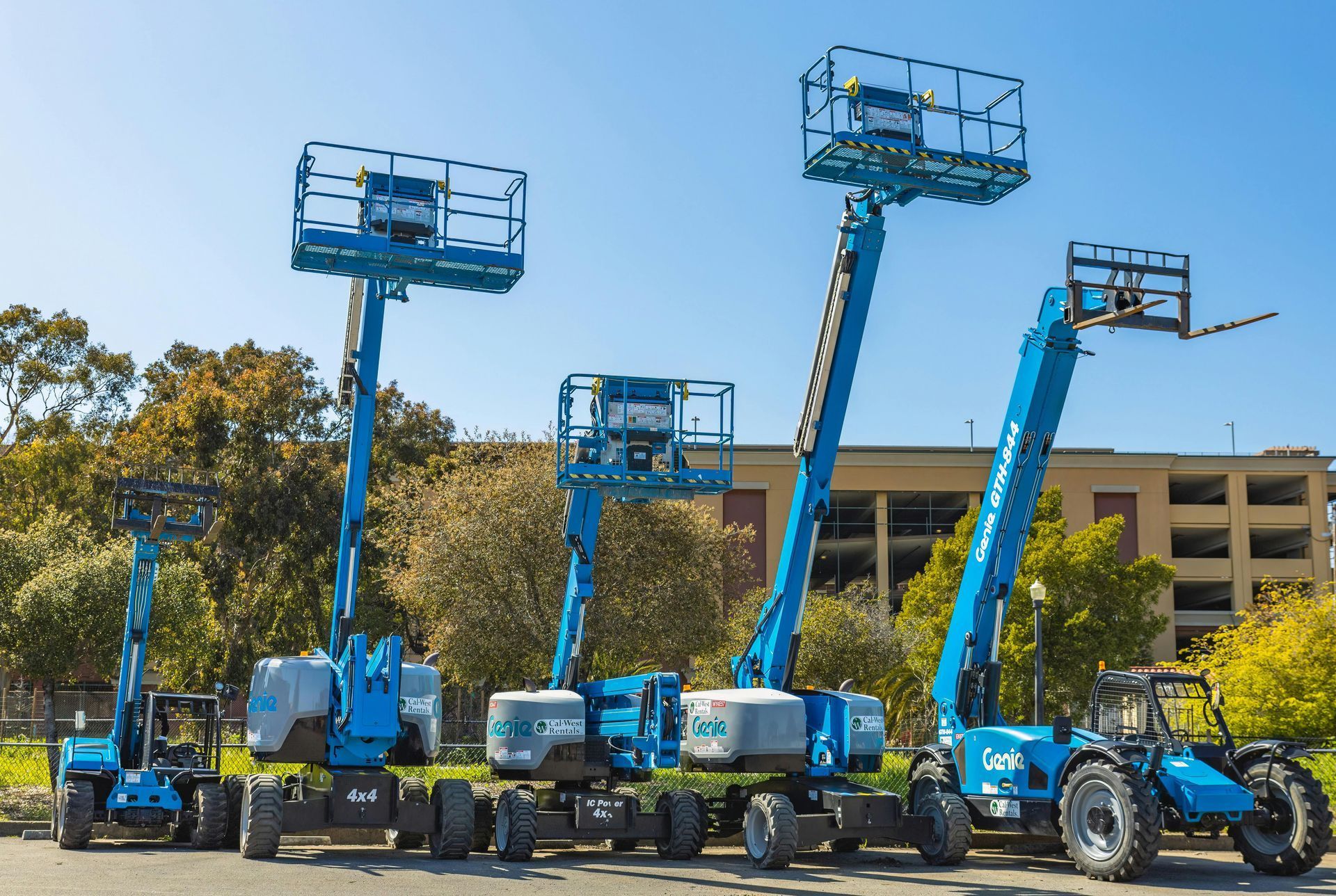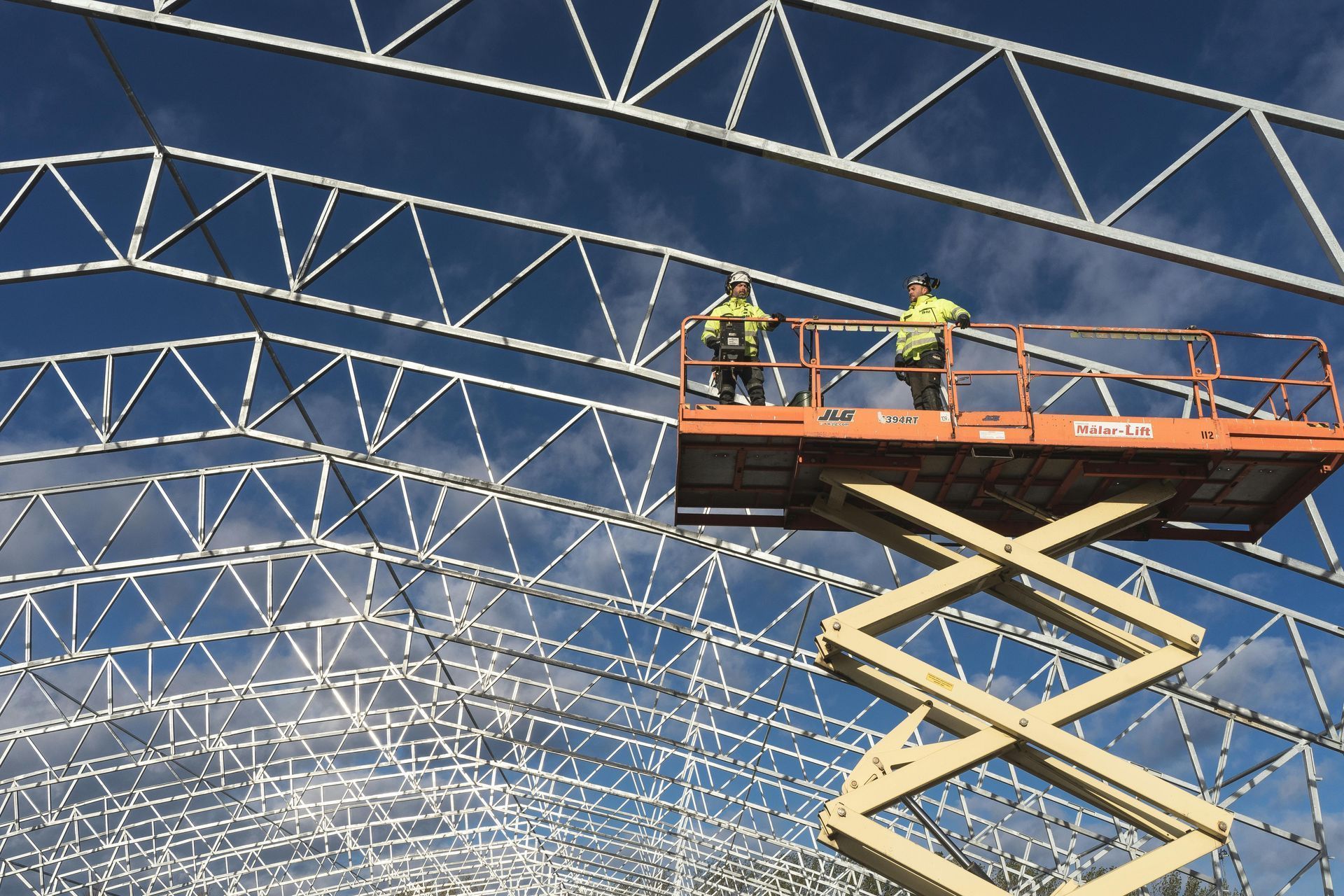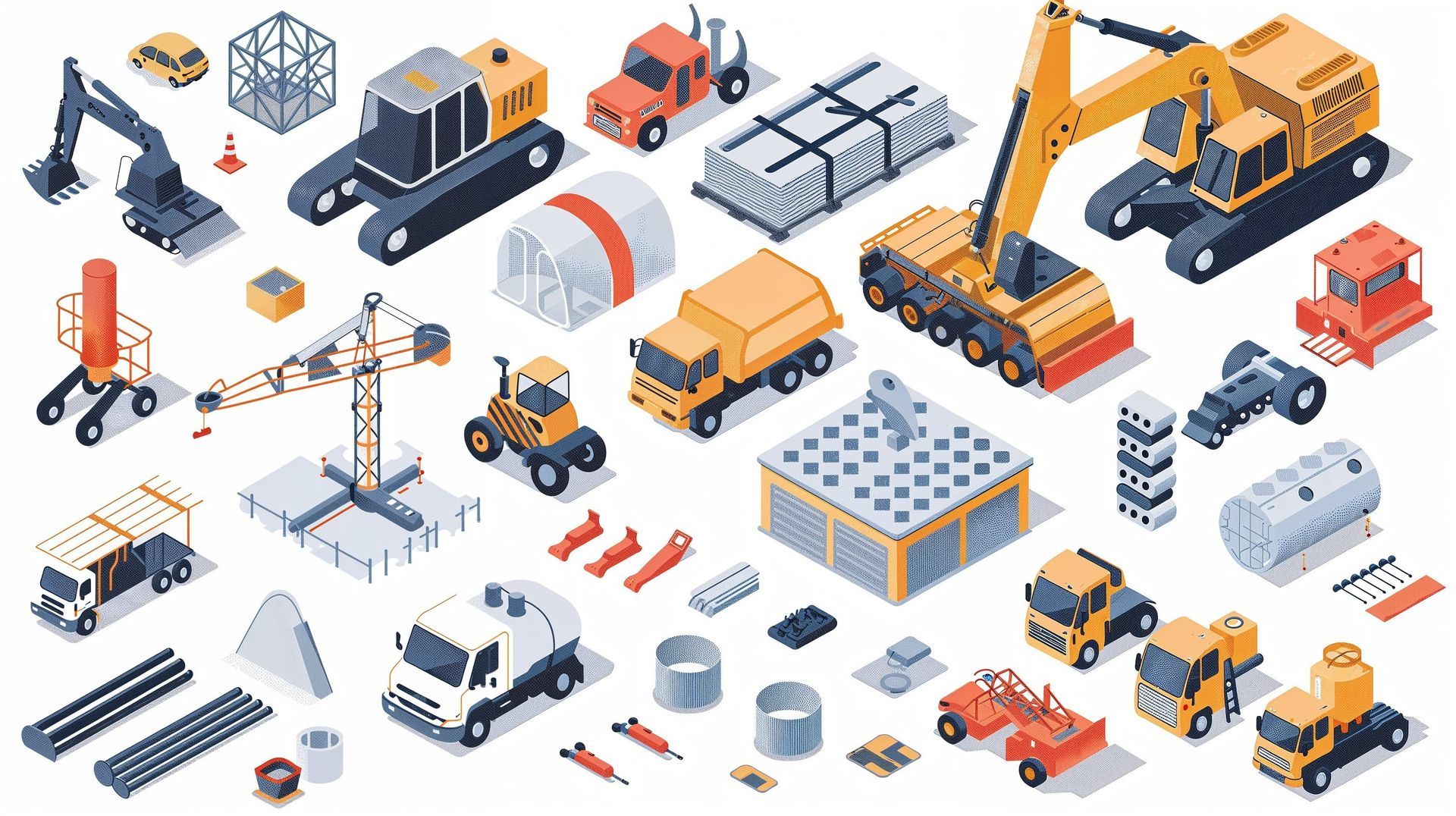Women in Construction: Breaking Barriers and Building Futures
Empowering Change: Women Shaping the Construction Industry

The construction industry has traditionally been dominated by men, but in recent years, women have been making significant strides in breaking down barriers and building successful careers in this field. As the industry evolves, the contributions of women are becoming increasingly recognized and valued. This comprehensive article explores the challenges women face in construction, highlights their achievements, and discusses strategies for fostering a more inclusive and equitable industry.
The Current Landscape of Women in Construction
1. Historical Context
Historically, construction has been viewed as a male-dominated profession, with women often relegated to administrative or support roles. Physical labor, demanding work conditions, and societal stereotypes have contributed to the underrepresentation of women in construction roles.
2. Growing Presence
Despite these challenges, the number of women in construction is on the rise. According to the U.S. Bureau of Labor Statistics, women now make up around 10% of the construction workforce. This increase is attributed to changing societal attitudes, industry initiatives promoting diversity, and the growing recognition of the unique perspectives women bring to the field.
3. Economic Impact
The inclusion of women in construction has significant economic implications. Diverse teams are known to be more innovative and productive. By tapping into the underutilized talent pool of women, the construction industry can address labor shortages and drive economic growth.
Challenges Faced by Women in Construction
1. Gender Stereotypes and Bias
One of the most persistent challenges women face in construction is gender stereotypes and bias. Many still view construction as a "man's job," leading to discrimination and exclusion. Women often have to work harder to prove their capabilities and gain respect from their peers.
2. Lack of Representation
The underrepresentation of women in construction leadership roles is another significant barrier. Without role models and mentors, it can be challenging for women to envision a successful career path in the industry. This lack of representation can also perpetuate a cycle of exclusion.
3. Work-Life Balance
Construction jobs often involve long hours, travel, and physically demanding tasks, which can make it difficult for women to balance work and family responsibilities. The industry's inflexibility regarding work hours and locations can be a deterrent for many women.
4. Workplace Harassment
Women in construction may also face workplace harassment, ranging from inappropriate comments to more severe forms of discrimination and abuse. Such experiences can create a hostile work environment and deter women from pursuing or continuing careers in construction.
Success Stories: Women Leading the Way
1. Inspiring Role Models
Many women have overcome these challenges and achieved remarkable success in construction. For instance, Linda Alvarado, the president and CEO of Alvarado Construction, has been a trailblazer, breaking multiple barriers and advocating for diversity in the industry. Similarly, Jean Kane, former CEO of Colliers International, has demonstrated exceptional leadership in the commercial real estate and construction sectors.
2. Grassroots Movements and Organizations
Grassroots movements and organizations, such as the National Association of Women in Construction (NAWIC) and Women in Construction Operations (WiOPS), play a crucial role in supporting women in the industry. These organizations provide networking opportunities, mentorship, and advocacy, helping women build successful careers in construction.
Strategies for Fostering Inclusion and Equity
1. Education and Awareness
Raising awareness about the benefits of gender diversity in construction is essential. Companies should invest in training programs that address unconscious bias, promote inclusivity, and highlight the achievements of women in the industry.
2. Mentorship Programs
Mentorship programs can significantly impact women's careers in construction. Pairing experienced professionals with newcomers can provide guidance, support, and career development opportunities. Mentorship helps women navigate the challenges of the industry and build confidence in their abilities.
3. Flexible Work Policies
Implementing flexible work policies can make construction jobs more accessible to women. Offering options such as remote work, flexible hours, and job-sharing can help women balance work and family responsibilities, making the industry more attractive to a diverse workforce.
4. Addressing Harassment
Creating a safe and respectful work environment is crucial for retaining women in construction. Companies must implement strict anti-harassment policies, provide training on respectful workplace behavior, and establish clear reporting mechanisms for addressing incidents of harassment.
The Role of Technology in Empowering Women
1. Digital Tools and Remote Work
Advancements in technology have the potential to transform the construction industry and make it more inclusive. Digital tools and remote work options can reduce the need for physical presence on-site, allowing women to participate in construction projects from anywhere. This flexibility can help address work-life balance challenges and attract more women to the field.
2. Wearable Technology and Safety
Wearable technology, such as smart helmets and safety vests, can enhance safety and productivity on construction sites. These devices can monitor workers' health, detect hazards, and provide real-time feedback. By improving safety and reducing the physical demands of construction work, wearable technology can make the industry more accessible to women.
3. Virtual Reality (VR) and Augmented Reality (AR)
VR and AR technologies offer innovative training solutions that can benefit women in construction. VR simulations provide immersive training experiences, allowing workers to practice skills in a controlled environment. AR can overlay digital information onto physical surroundings, enhancing on-site training and safety. These technologies can help women develop their skills and confidence in a supportive, risk-free setting.
The Future of Women in Construction
1. Increasing Representation
The future of women in construction looks promising, with increasing representation at all levels of the industry. More women are pursuing careers in construction management, engineering, and skilled trades, paving the way for future generations. As more women enter the field, the industry's culture will continue to evolve, becoming more inclusive and equitable.
2. Industry Initiatives
Industry initiatives, such as diversity and inclusion programs, scholarships, and targeted recruitment efforts, are driving change. Companies are recognizing the value of a diverse workforce and are taking proactive steps to attract and retain women in construction. These initiatives are helping to create a more supportive environment for women to thrive.
3. Advocacy and Policy Change
Advocacy and policy change are also critical for advancing gender equity in construction. Governments and industry bodies must enforce regulations that promote equal opportunities and address discrimination. Advocacy groups can continue to raise awareness, provide resources, and support policy changes that benefit women in construction.
Conclusion
Women in construction are breaking barriers and building successful futures, transforming the industry along the way. While challenges remain, the growing presence of women in construction is a testament to their resilience, determination, and talent. By implementing best practices, embracing modern approaches, and fostering a culture of inclusion and equity, the construction industry can create a brighter, more diverse future.
#WomenInConstruction #ConstructionIndustry #DiversityInConstruction #WomenEmpowerment #ConstructionCareers #GenderEquity #ConstructionLeadership #BreakingBarriers #InclusiveWorkplace #FutureOfConstruction










